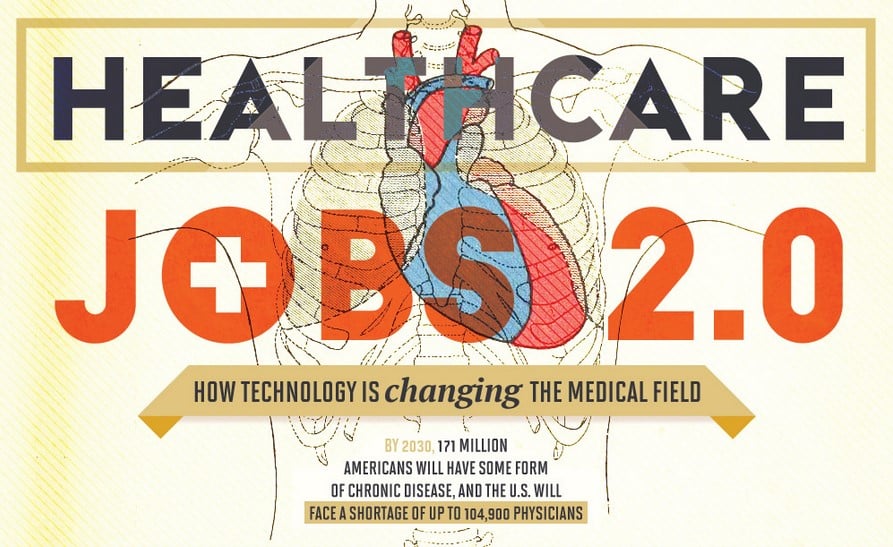By 2030, over 170 million Americans will be living with some kind of chronic disease. At the same time there will be a national shortage of about 100,000 physicians. While healthcare workers everywhere are looking for lasting solutions, technologies are meeting them halfway to help bridge the gap in healthcare jobs. From new diagnostic procedures, to treatments, and even in the operating room, modern technology is completely changing the way we view healthcare.
Q3 hedge fund letters, conference, scoops etc
In just five years time, the value of virtual reality in healthcare environments will grow from $8.9 million in 2017 to $285 million in 2022. This valuable piece of tech is already being utilized to help connect patients with doctors, in healthcare training, and even in treatments themselves. One study found that 93% of radiologists who viewed images of arteries through VR technology were more confident in their diagnoses later on. MedStar Health, operating ten hospitals in the Baltimore-Washington area, is already training their healthcare workers with VR headsets to simulate emergency room scenarios to increase preparedness of the staff. For patient interactions with doctors, 23% have had a virtual visit and 57% of those who haven’t tried a virtual reality-based checkup say they are willing to try it. Offering access to more convenient hours, ease of use when feeling too under-the-weather to leave for an appointment, and even reaching specialists who are far from home become a possibility through virtual reality visits.
In the years between 2010 and 2016, the number of hospitals in the United States utilizing 3D printing technology grew by 3200%. New hospital-grade printers can create medical tools using any kind of buildable material, from humble plastic to stem cells. Printing capabilities like artificial bones, custom tailored prosthetics, and ventilated scoliosis braces offer patients with the help they need, when they need it. Even pills can be developed via 3D printing in hospital settings. Medications known as the “polypill” are developed for patients with multiple illnesses that require treatments. This is a drug that can hold severe drugs at once, with different strengths, and different release times giving patients convenient treatment in a small package
From robotics to video conferencing to artificial intelligence, healthcare will never be the same again. Technology is revolutionizing medicine from the ground up - do you know the tools of the trade? Take a look at this infographic for more on the healthcare jobs of the future, how technologies are helping healthcare innovation, and what we can expect for the medicine of tomorrow.





